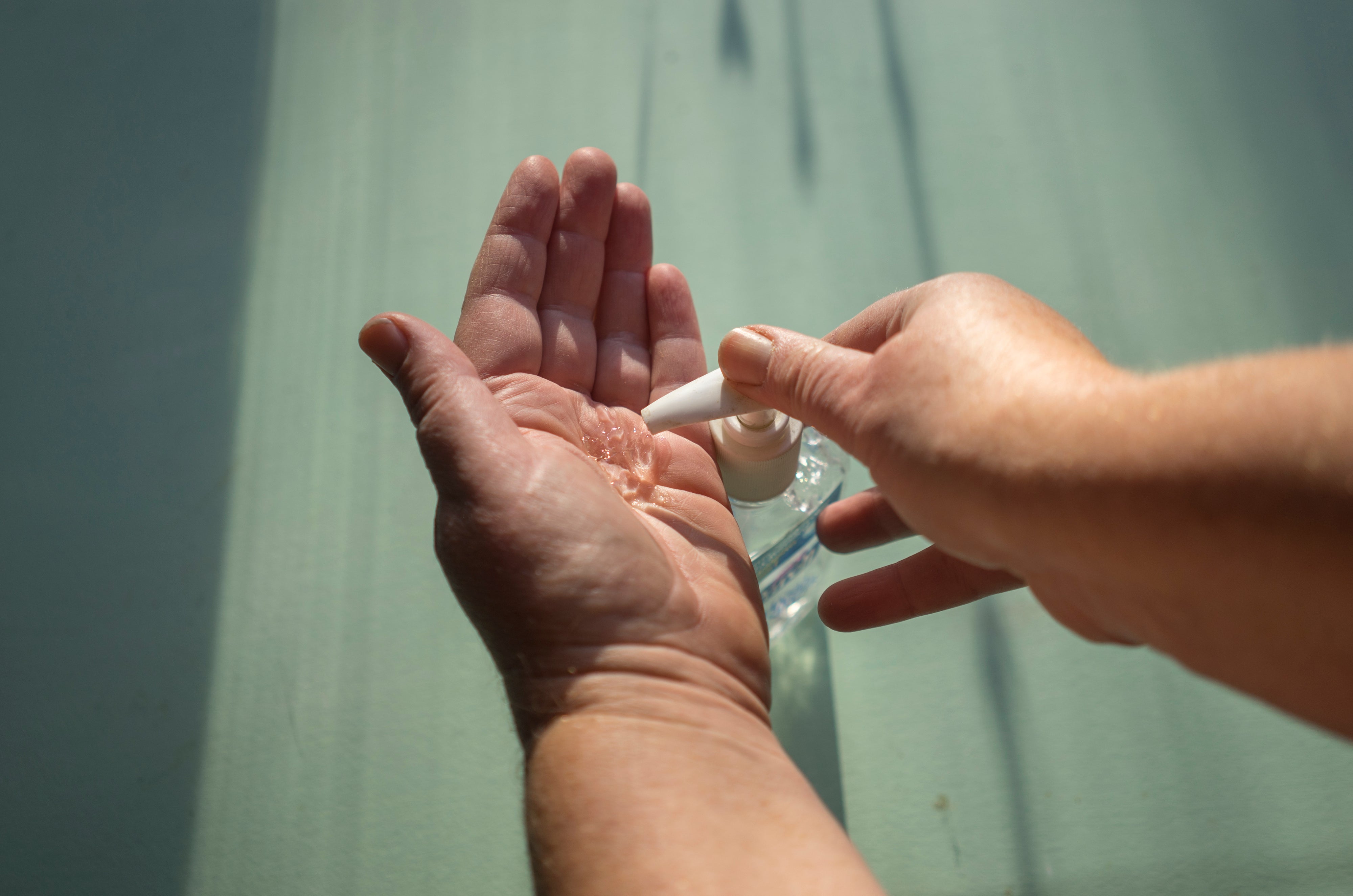#A Way to Reduce Hospital Infections Dramatically -BB

Despite years of warnings about deaths and illnesses from hospital-acquired infections, they remain far too rampant. Hundreds of millions of people acquire HCAIs (health care–associated infections) each year, including 7 percent of hospital patients in developed countries and 10 percent in developing countries, the World Health Organization has reported.
One of the most important steps to fix this is obvious: ensuring that health care workers always clean their hands before interacting with a patient. (“Save lives, clean your hands,” the WHO says.)
But the Centers for Disease Control and Prevention reports that this often isn’t happening. “On average, healthcare providers clean their hands less than half of the times they should.” And the number of times they should can be huge. “Healthcare providers might need to clean their hands as many as 100 times per 12-hour shift, depending on the number of patients and intensity of care,” the CDC says.
Now, a new technology is proving to make a big difference: real-time location systems (RTLS), which enable location-based services (LBS).
Hospitals have been testing ways to use these services to ensure hand hygiene. Some are giving health care workers tags that provide their locations, and are attaching similar tags to sanitizer and soap dispenser levers that show whether they’re being used. A hospital in Denver reported that its baseline hand hygiene adherence rates jumped from about 40 percent to more than 70 percent. A hospital in Johnson City, Tenn., reported positive results as well.
A study published in BMJ Quality & Safety looked at another way RTLS has been implemented to ensure clean hands. Rather than tracking all personnel, a hospital tracked hand hygiene auditors as they moved about the facility. The study found that when the dispensers were within view of the auditors, health care workers were much more likely to use them. Those within view were used more than twice as often.
While the reason for these changes may seem obvious, there was the possibility that once health care workers got used to the idea that they were being watched, they might slip back into long established habits. Researchers say the positive results were a sign of the Hawthorne effect, a term for behavioral change as the result of being observed. (As Scientific American has reported, the term itself is something of a misnomer, since the original Hawthorne experiments did not produce such an effect.)
Tracking people is only one way location services are now being used in healthcare. This technology can be used on devices and other objects to ensure they go through proper cleaning procedures. It can help staff keep track of the equipment they need, and help workers track dementia patients who may wander off.
In a white paper, my company, Quuppa, reported that these systems “can also be set up to alert doctors and nurses to patients needing medical attention, enabling them to respond faster with medical attention.” For example, hospital wristbands can include tags that show static location and motion, alerting staff if a patient falls or tries to get out of bed against doctor recommendations.
Health IT Outcomes, which tracks healthcare technology, says location services are also being used to increase bed availability in crowded hospitals. And some systems provide health care workers with panic buttons, which helps them get emergency help when they need it.
As we enter the next decade, I expect location services to undergo astronomical growth and become a bigger part of our daily lives. By one estimate, the global marketplace for LBS and RTLS is expected to reach $111 billion by 2025.
And while we will see it across numerous industries, from retail to smart homes and more, its most important effects will come in ways that can help save lives. This will be outside of health care environments as well, such as tracking workers in mines and tunnels, providing inmate and staff safety in correctional facilities, and helping ensure safety in public buildings.
Just as it has over this past decade, technology in the 2020s will bring plenty of surprises and transformations. The key for those of us committed to building a better world will be to develop new ways to use technology for good—and to tackle problems that should have been fixed long ago.
If you want to read more science articles, you can visit our science category.
if you want to watch movies go to Film.BuradaBiliyorum.Com for Tv Shows Dizi.BuradaBiliyorum.Com, for forums sites go to Forum.BuradaBiliyorum.Com .



